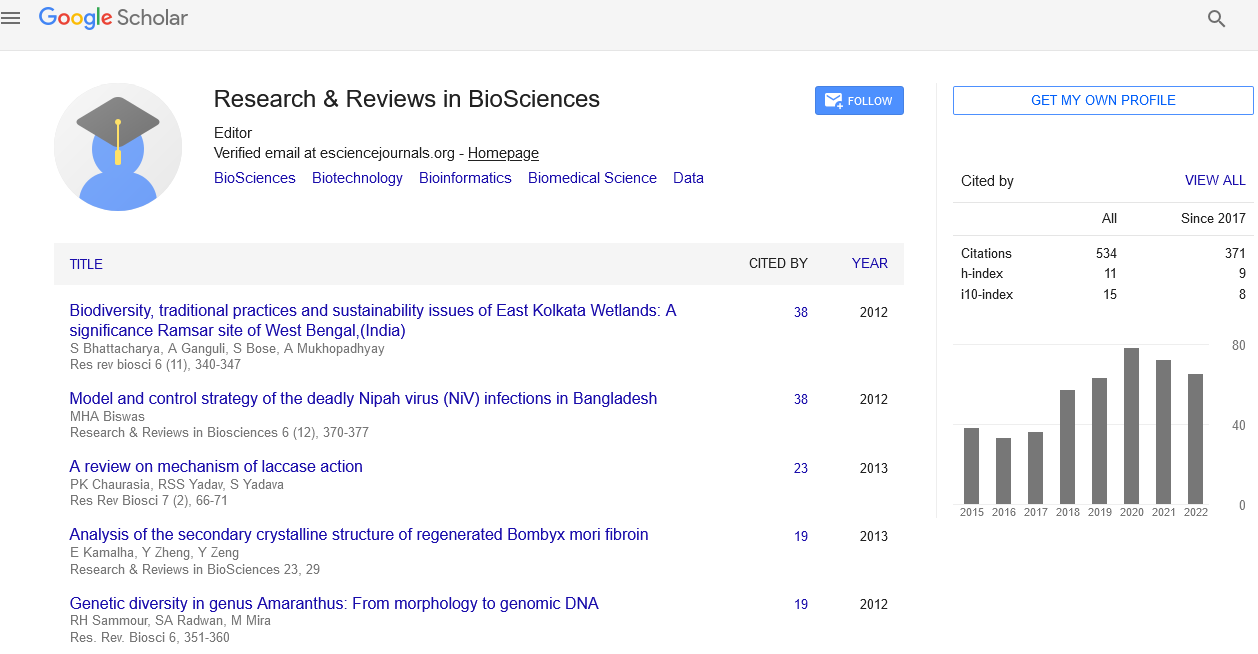Abstract
An improved biofabrication process to enhance cell survival of cartilague regeneration and functionality of the osteoarthritic knee when enriched with Bone Marrow Mesenchymal Stem Cells (MSC)
Author(s): J.M. BaenaTissue regeneration (TR) is currently one of the most challenging biotechnology unsolved problems. Tissue engineering (TE) is a multidisciplinary science that aims at solving the problems of TR. TE could solve pathologies and improve the quality of life of billions of people around the world suffering from tissue damages. New advances in stem cell (SC) research for the regeneration of tissue injuries have opened a new promising research field. However, research carried out nowadays with two-dimensional (2D) cell cultures do not provide the expected results, as 2D cultures do not mimic the 3D structure of a living tissue. Some of the commonly used polymers for cartilage regeneration are Poly-lactic acid (PLA) and its derivates as Poly-L-lactic acid (PLLA), Poly(glycolic acids) (PGAs) and derivates as Poly(lactic-co-glycolic acids) (PLGAs) and Poly caprolactone (PCL). All these materials can be printed using fused deposition modelling (FDM), a process in which a heated nozzle melt a thermoplastic filament and deposit it in a surface, drawing the outline and the internal filling of every layer. All this procedures uses melting temperatures that decrease viability and cell survival. Research groups around the world are focusing their efforts in finding low temperature printing thermoplastics or restricted geometries that avoid the contact of the thermoplastic and cells at a higher temperature than the physiologically viable. This has mainly 2 problems; new biomaterials need a long procedure of clearance before they can be used in clinical used, and restrictions in geometries will limit the clinical application of 3D printing in TE.
